Before you buy your first drone, make sure you have put work into your business plan and have laid out a common-sense route to building your UAV business. This blog post can help you forecast your initial investment requirements for the business. It is not just a simple purchase of a single UAV, but rather the whole package you need, to be able to earn with drones.
1. The Phantom
Since we are focusing on the DJI Phantom series of UAVs, the recommendation here is to get at least a Phantom 2 Vision Plus if not a Phantom 3. Both have the integrated 3-axis gimbals and HD cameras, but the Phantom 3 can come with a higher resolution 4K camera, along with numerous other improved features if you get the Advance or Professional model. Your entry-level UAV should be at least the Phantom 2 Vision Plus since you can be easily earning with minimal investment.
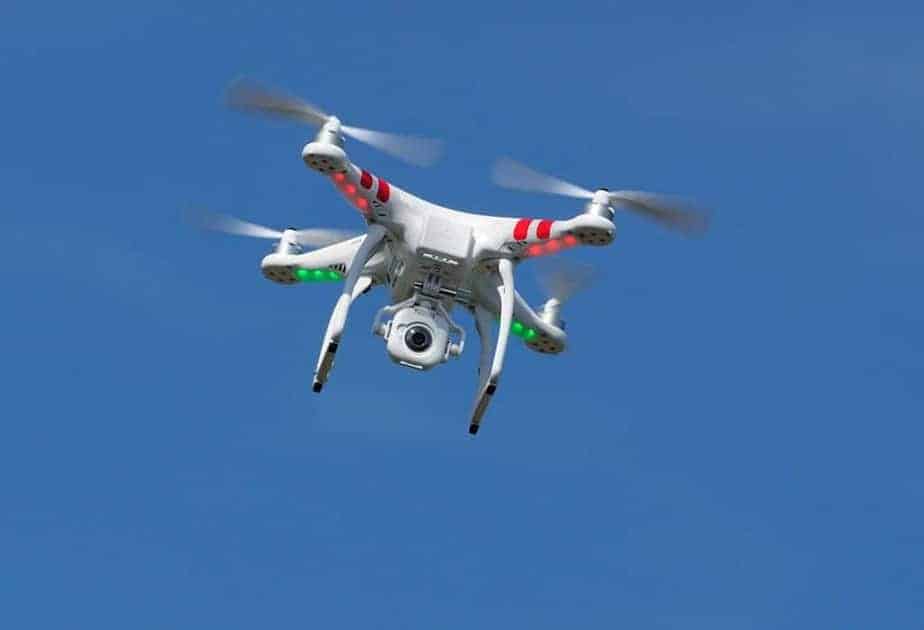
Phantom Try to avoid immediately attempting third-party gimbals and cameras like GoPro HEROs. These cameras can deliver incredible pictures, but getting all the multi-vendor components to work well together complicates the process. It is simpler to have a single solution with a fully integrated power system, HD camera and gimbal combo, and one vendor for simple software management and control systems, at least until you get going. Avoid buying your Phantom used from a buddy or from eBay. You really want a brand new drone to go commercial. I recommend purchasing it from Amazon.com and choosing the option for insurance for less than $100 as I did, just in case.
2. iPad Flight Controller
I quickly found it impractical to fly a Phantom with a smartphone due to screen size restrictions. It was nearly impossible to see the ever-important power level in the upper-right corner of the DJI Vision app on the iPhone. Even the larger Android Galaxy 4 and iPhone 6 Plus are not large enough to see critical digital avionics and the clarity of the FPV images. Next, I tried larger Android tablets, but even they had a small font hard-coded in the DJI Vision app which made it hard to see important flight numbers. Only the full-sized Apple iPad gave me enough screen real estate to have a decent view of both the flight data and what the camera was displaying.
iPad View Though iPads are more costly than Android tablets, the iPad’s battery life is outstanding along with DJI’s solid port of their Vision software. Since there are really no significant moving parts in an iPad, you can safely buy it used as long as the battery is good and the screen is clean.
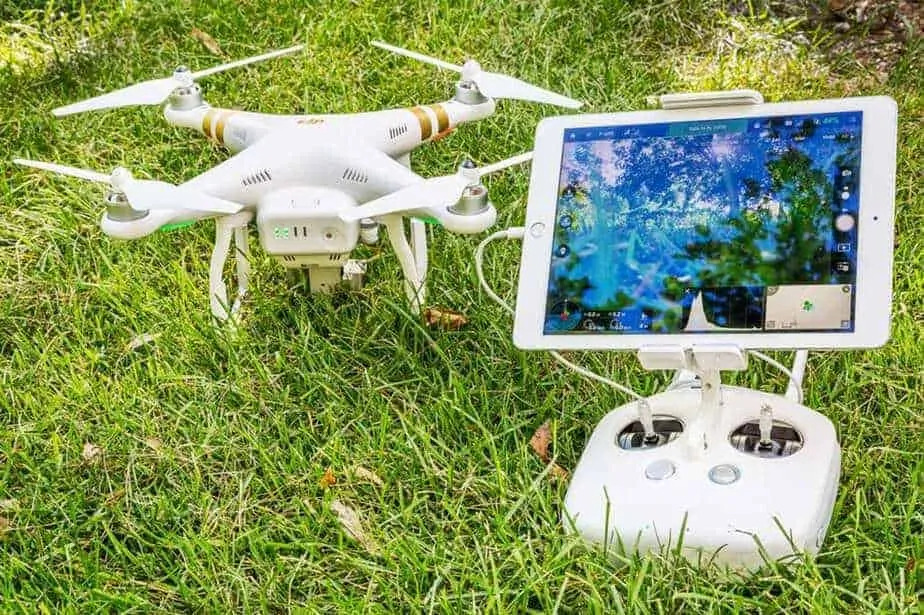
All you should have to do is update the operating system and install the DJI Vision app. Make sure you purchase an iPad with cellular capabilities and the GPS feature so that you can utilize the dynamic home point return feature. This will enable the DJI Phantom to land wherever you are.
Another reason to go with an iPad rather than the iPhone is that you may have to use your iPhone for different functions while your iPad is running the DJI Vision app flying the Phantom. Yes, there is probably an FAA rule about flying and talking on a handheld device, so let’s not fly and text!
3. Phantom Accessories
The first accessories you purchase should be extra batteries. One thing is for sure: You need numerous good, dependable, and genuine DJI batteries. I pack six Phantom 2 batteries in my travel case, and there have been numerous projects where I have used all of them during a single flying session just to shoot all the scenes I wanted correctly. Another reason you need extra batteries is you may ruin one or more by poor charging practices.
This part is critical; please remember what I’m saying here. If you charge your batteries on a Friday night for a Saturday flight session and some weather problem or scheduling change cancel that event, you will need to discharge the batteries rather than let them sit in the case fully charged for several days. DJI batteries have a nasty little secret of “cooking out” if they are left in a 100 percent charged condition for ten days or more. One or more of the inner cells goes bad, and you will not know this until you are up in the air and have a rapid discharge.
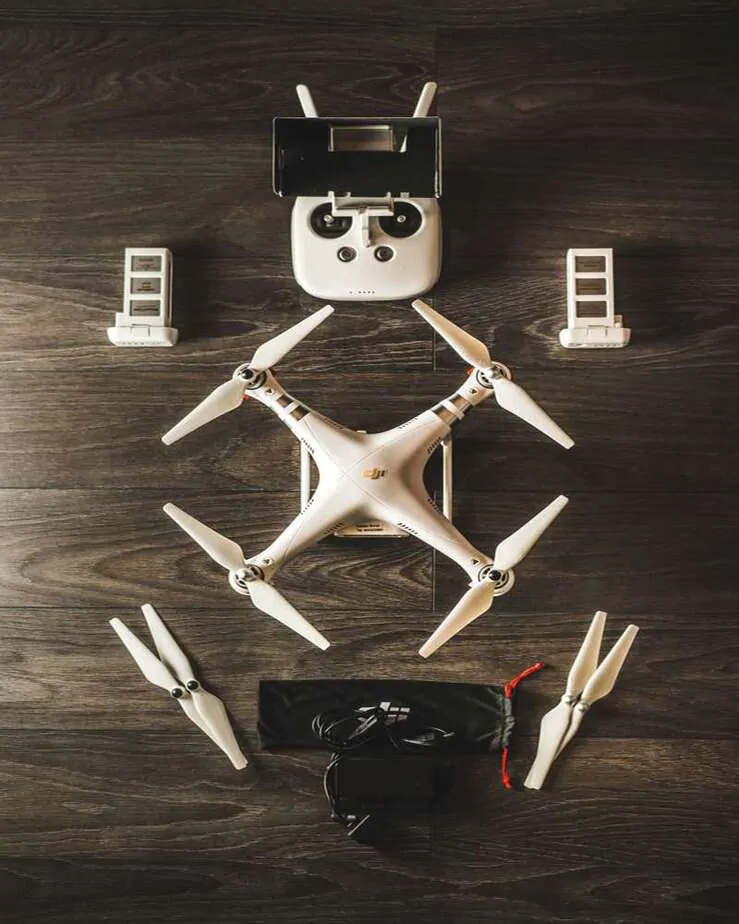
This problem can take down your bird’s power from 50 percent charged to 30 percent to 20 percent and lower in less than two minutes! If you are at a critical flying session and you have a rapid discharge event, you will need to swap batteries so you can keep filming. Some batteries will last longer, so label them and keep good records on which ones have the best flight life. Other accessories you will need include serial chargers to charge multiple batteries one after another, spare Micro SD cards, a DC power adapter for your car so you can recharge your Phantom gear and a set of spare propellers.
4. Shaded Flight Deck
The first thing I looked for on the web was a holder for my iPad and a Phantom remote controller, with a shade and a neck strap to hold it all, so I had my hands free. I ended up making one out of plastic sign material, which has worked out just fine. You can build one yourself or look for something similar on the web that you can purchase. The point is to get something that will hold the iPad and controller in the shade, so your hands are free to manipulate the UAV and take care of other tasks.
Shaded Flight Deck in Use The shaded part of the flight deck is critical since direct sunlight will not only make it hard to see the images and information on the iPad, but it will heat it up and shut it down in minutes when directly exposed.
Homemade Shaded Flight Deck Another use for my shaded flight deck is to paste my credentials and notifications directly on it, so onlookers are alerted I’m a licensed commercial drone pilot and to stay clear of our LZs. The deck should be able to fold up and fit nicely in your drone case which will be discussed next.
5. Travel Case
Having a custom-fitted Phantom travel case is critical. You cannot be a commercial drone pilot without it. Purchase the hard case in aluminum, steel, or hard plastic, rather than the soft, backpack type of case. The case is important, so you have a single container to house all of your necessary equipment to perform a commercial UAV project for the day. It should comfortably hold the UAV, controller, props, at least five Phantom batteries, USB cables, chargers, and your shaded flight deck, folded up.
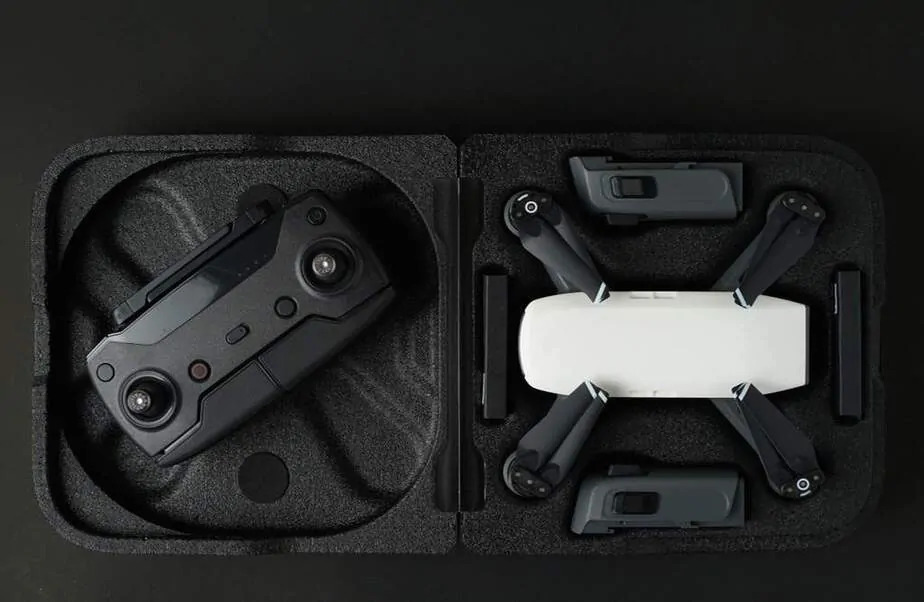
These hard cases will also serve as a flight takeoff deck in most circumstances so that you can avoid dirt, grass, and dew. Having all your UAV gear in a single case is not only convenient but also practical. You want to pack up your drone case at night and place it by the door to be ready for the morning takeoff. Without the all-in-one drone project container, it is too easy to forget critical components. Plan on spending at least $100, if not around $200, and make sure the gear all fits securely with nothing bouncing around inside the case.
6. Media Editing Platform
If possible, obtain a Windows PC strictly configured to edit and store HD videos and high-resolution photos from your drone business.
Try to dedicate the capital for a computer with a solid-state operating system drive, at least a two terabyte (2TB) hard drive for data (video and photos), 8GB of RAM, an Intel I5 CPU, Windows 7 Professional or Windows 10 operating system, and a large 24-inch or bigger LED display. Try not to use this PC to surf the Internet, use it for other work or fun projects, or let the kids do their homework on it. It needs to stay pure and run fast.
In addition, you will want an external USB 2TB backup hard disk drive (HDD) for data backups, a battery backup (UPS), and dozens of 4GB USB thumb drives for deliverable media to clients. Plan on dropping $1,200 to $1,500 for strong workstation hardware.
7. Aerial Editing and Other Software
After you get the hardware, it will be time to obtain the software to really be productive. First you will need the latest Microsoft Office suite for proposals, spreadsheets, and other documents so set aside $250 for that. Next is the video editing software, PowerDirector 13, which you can get from CyberLink for $75 to put those awesome aerial videos together. The DeFishr program is a must to remove the fisheye effect from the videos of Phantom 2 Vision Plus cameras, but the 2D mapping stitching program called ICE from Microsoft is free! Finally, background music for your videos is usually a must, and make sure it is copyright free.
That is so you can put it on YouTube.com and other Internet sites without having to worry about copyright violations. I get original tunes with all rights from Pond5.com starting at $15 each. You only need five to ten scores in different moods to get your background musical library started. This seems like a lot of extra stuff but it is all critical for planning, deploying, filming, editing, and delivering UAV-based aerial photography to your clients.







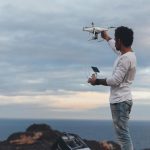
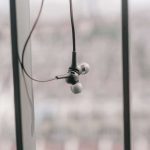
I’ll right away grab your rss as I can’t to find your email subscription link or e-newsletter service. Do you have any? Kindly permit me to recognize so that I could subscribe. Thanks. Hi there!
This article couldn’t be written much better! Going through this article reminds me of my previous roommate!
He continually kept talking about this. I will send this post to him. Pretty sure he’s going to have a good read. Many thanks for sharing! Ahaa, its pleasant dialogue regarding this post at this place at this website, I have read all that, so at this time me also commenting at this place.
http://Foxnews.net/
Thanks you Kristen